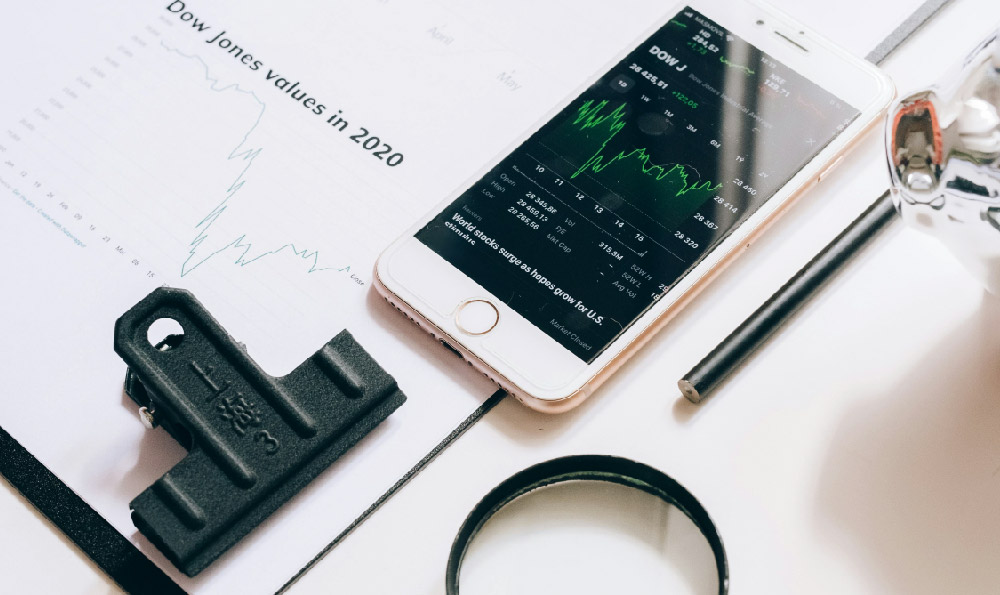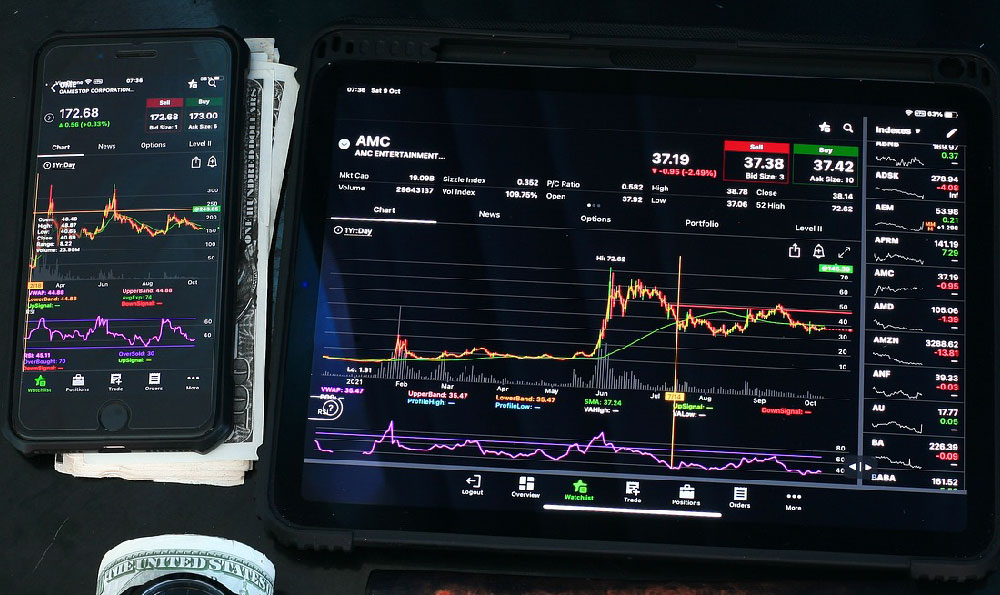The vision of XRP replacing SWIFT as the dominant global payment system has captivated the cryptocurrency community for years. The potential benefits are undeniable: faster transaction speeds, lower costs, and increased transparency. However, the path to achieving this ambitious goal is fraught with challenges, and the role of platforms like Keepbit in accelerating this transition is a subject worthy of careful examination.
Understanding the Current Landscape: SWIFT's Dominance and XRP's Promise
SWIFT, the Society for Worldwide Interbank Financial Telecommunication, has been the backbone of international money transfers for decades. It connects over 11,000 financial institutions worldwide, facilitating trillions of dollars in daily transactions. However, SWIFT is not without its drawbacks. Transactions can take days to complete, involve hefty fees, and lack real-time tracking capabilities.

XRP, the digital asset native to the XRP Ledger, offers a potential alternative. Its key advantages include:
- Speed: XRP transactions settle in seconds, compared to the hours or days required by SWIFT.
- Cost: XRP transaction fees are significantly lower than SWIFT fees, often fractions of a penny.
- Scalability: The XRP Ledger can handle thousands of transactions per second, making it suitable for high-volume payments.
- Transparency: XRP transactions are recorded on a public ledger, providing a high degree of transparency and auditability.
The Hurdles to XRP Adoption: A Multi-faceted Challenge
Despite its compelling advantages, XRP faces significant hurdles in its quest to replace SWIFT:
- Regulatory Uncertainty: The regulatory landscape for cryptocurrencies remains unclear in many jurisdictions. This uncertainty can deter financial institutions from adopting XRP for cross-border payments.
- Scalability Concerns: While the XRP Ledger is generally considered scalable, it needs to demonstrate its ability to handle the massive volume of transactions processed by SWIFT on a consistent basis.
- Adoption by Financial Institutions: Widespread adoption by banks and other financial institutions is crucial for XRP to become a viable alternative to SWIFT. Overcoming the inertia of established systems and convincing institutions to integrate XRP into their infrastructure is a major challenge.
- Interoperability: Seamless interoperability with existing banking systems is essential for XRP to be used for cross-border payments. Developing the necessary technology and protocols to ensure compatibility is a key requirement.
- Network Effect: SWIFT benefits from a strong network effect, with virtually all major financial institutions connected to its network. Building a comparable network effect for XRP will require significant effort and investment.
Keepbit and the Potential to Catalyze XRP Adoption
Platforms like Keepbit can play a crucial role in accelerating XRP adoption by:
- Facilitating On-Ramps and Off-Ramps: Keepbit can provide a user-friendly interface for buying and selling XRP, making it easier for individuals and businesses to access the digital asset.
- Offering Payment Solutions: Keepbit can develop payment solutions that leverage XRP for cross-border payments, enabling businesses to send and receive money faster and cheaper than through traditional channels.
- Promoting Awareness and Education: Keepbit can educate users about the benefits of XRP and its potential to transform the global payments landscape.
- Building Partnerships: Keepbit can partner with other companies and organizations in the cryptocurrency ecosystem to promote XRP adoption.
- Developing Secure and Reliable Infrastructure: A trustworthy platform to facilitate XRP adoption relies on secure and reliable infrastructure.
The Importance of Gradual Integration: A Pragmatic Approach
While the idea of XRP completely replacing SWIFT is appealing, a more pragmatic approach involves gradual integration. This could involve:
- Using XRP for specific types of payments: For example, XRP could be used for small-value, high-frequency payments, where its speed and low cost are particularly advantageous.
- Integrating XRP into existing banking systems: Banks could use XRP as a bridge currency for certain cross-border payments, while still relying on SWIFT for other transactions.
- Developing new payment corridors: XRP could be used to create new payment corridors between countries that are currently underserved by traditional payment systems.
Risk Management and Due Diligence: A Critical Imperative
Investing in XRP, or any cryptocurrency, involves inherent risks. It is essential to conduct thorough research, understand the underlying technology, and assess the potential risks before investing any capital. Factors to consider include:
- Market Volatility: The cryptocurrency market is highly volatile, and XRP's price can fluctuate significantly.
- Regulatory Risk: Changes in regulations could negatively impact the value of XRP.
- Technological Risk: The XRP Ledger is a complex technology, and there is always a risk of technical glitches or security breaches.
- Counterparty Risk: When using platforms like Keepbit, it is important to assess the platform's security and reputation.
The Long Road Ahead: Patience and Perseverance are Key
XRP replacing SWIFT is a long-term goal that will require significant time, effort, and collaboration. There will be setbacks and challenges along the way. However, with continued innovation, regulatory clarity, and widespread adoption, XRP has the potential to play a significant role in the future of global payments. Keepbit, along with other forward-thinking platforms, can contribute to this vision by building the infrastructure and fostering the ecosystem necessary for XRP to thrive. Ultimately, success hinges on demonstrating the practical benefits of XRP and fostering trust among financial institutions, businesses, and consumers. The journey will be evolutionary, not revolutionary.












